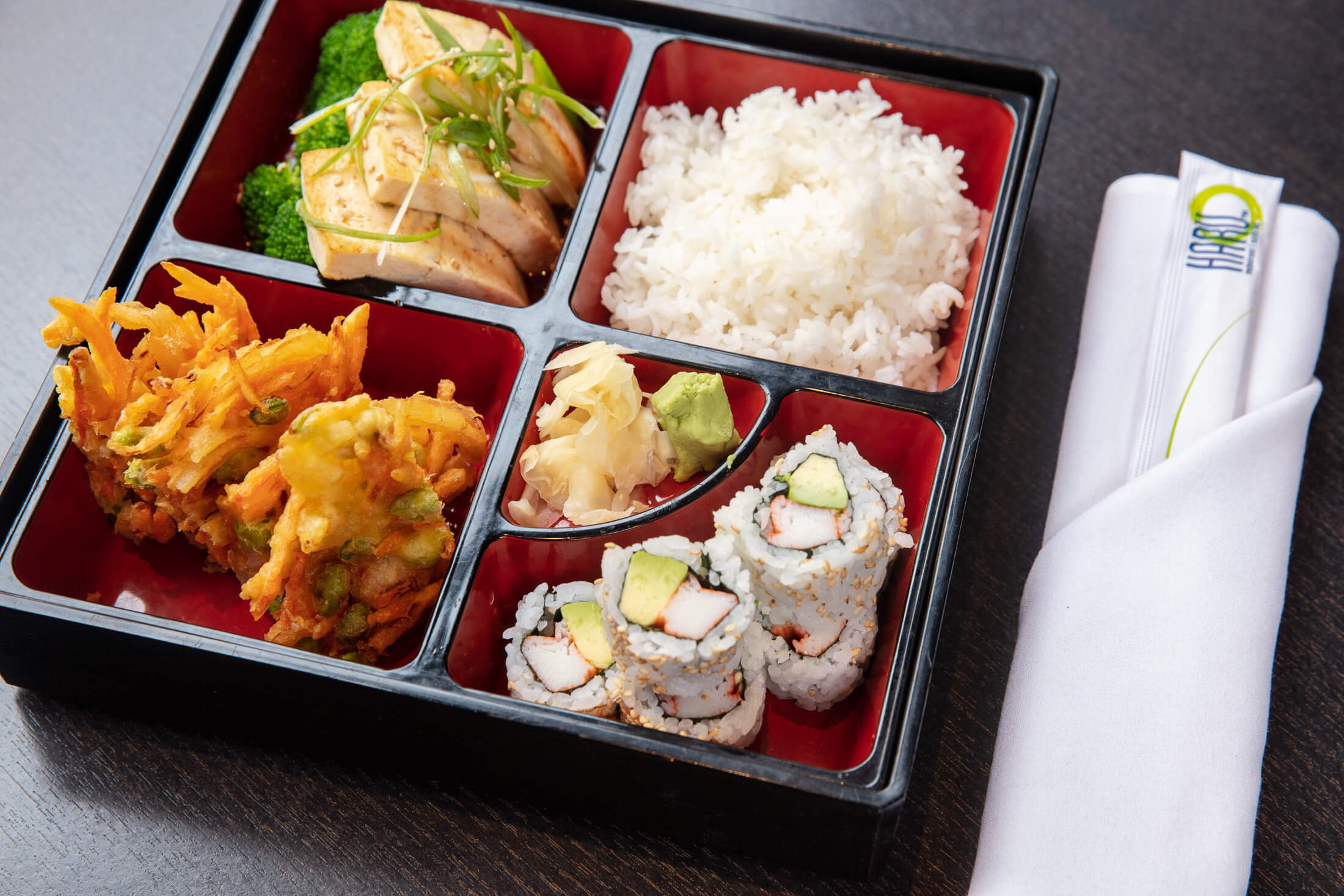Bento, a traditional Japanese meal served in a compartmentalized box, transcends mere sustenance to become an art form. Originating centuries ago, this culinary tradition has evolved into a symbol of meticulous craftsmanship, culinary creativity, and cultural expression. From its humble beginnings to its modern incarnations, the bento has captured the hearts and palates of people worldwide. In this exploration, we delve into the rich history, cultural significance, and contemporary allure of the bento, revealing its enduring appeal as a gastronomic delight and cultural icon.
Historical Roots: The roots of the bento can be traced back to the Kamakura period (1185-1333) in Japan, where it served as a portable meal for travelers and workers. Initially consisting of simple offerings like rice balls (onigiri) and pickled vegetables (tsukemono), the bento gradually evolved alongside Japanese society. During the Edo period (1603-1868), bento boxes became more sophisticated, reflecting the refinement of Japanese cuisine and aesthetics. The advent of railway travel in the late 19th century further popularized the bento, as it provided a convenient and portable meal for commuters and travelers. Over time, bento-making became an essential skill passed down through generations, embodying both culinary tradition and familial love.
Cultural Significance: Beyond its practicality, the bento carries profound cultural significance in Japan. It serves as a canvas for culinary creativity and artistic expression, with each box meticulously arranged to delight the eyes as well as the palate. Bento-making is imbued with cultural values such as balance, harmony, and attention to detail, reflecting the principles of Japanese aesthetics. The arrangement of colors, textures, and flavors in a bento box often mirrors the changing seasons or commemorates special occasions, connecting the eater to nature and the rhythm of life. Moreover, the act of preparing and sharing a bento fosters bonds between individuals and communities, reinforcing social ties and cultural identity.
Modern Evolution: In the contemporary culinary landscape, the bento has undergone a renaissance, adapting to changing tastes and lifestyles while preserving its essence. Today, bento boxes are not only enjoyed in Japan but have also gained popularity worldwide, celebrated for their convenience, nutrition, and visual appeal. Modern bento makers draw inspiration from diverse culinary traditions, incorporating international ingredients and innovative techniques to create fusion masterpieces. Furthermore, the rise of social media has fueled a bento revolution, with enthusiasts sharing their creations online and inspiring others to embark on their own bento-making journey. Whether prepared at home or enjoyed at specialty bento shops, these portable feasts continue to captivate food lovers with their charm and versatility.
Conclusion: In conclusion, the bento transcends its humble origins to become a culinary treasure cherished by millions around the globe. Its history is steeped in tradition, its cultural significance profound, and its modern evolution a testament to its enduring appeal. As we celebrate the art of bento-making, we not only savor its delicious offerings but also honor the craftsmanship, creativity, and cultural heritage that enrich each box. Whether enjoyed as a daily lunch or a special occasion treat, the bento serves as a reminder of the beauty and joy that can be found in a simple meal, lovingly prepared and shared with others.

